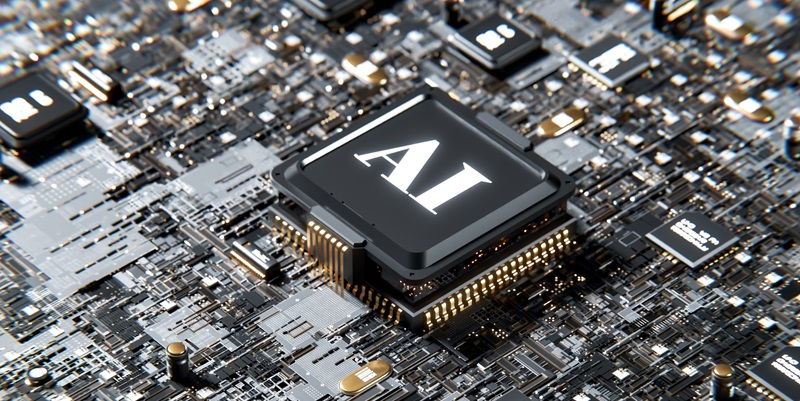The AI accelerator market has been dominated by AMD and Nvidia, but Intel hopes to change that in 2024 with the release of Gaudi3, its upcoming AI accelerator. Gaudi3 has the potential to disrupt the market and offer significant competition to its rivals.
Current technology performance
Intel has recently released the MLPerf results of its current technology, describing it as “competitive.” This indicates that Intel is already making strides in the AI accelerator market and is well-positioned to challenge the dominance of AMD and Nvidia.
Gaudi3 Improvements
Gaudi3 is expected to bring several enhancements compared to its predecessor. It will reportedly offer 1.5x higher performance, twice the compute power, and 50% more memory. These improvements highlight Intel’s commitment to pushing the boundaries of AI acceleration technology.
Manufacturing process
To build Gaudi3, Intel has opted for TSMC’s 5nm process, which is the same process used for Nvidia’s and AMD’s next-generation GPUs. This decision indicates that Intel is keen on leveraging the cutting-edge manufacturing capabilities to deliver exceptional performance and efficiency with Gaudi3.
Competitive advantage
Gaudi3 has the potential to be highly competitive with Nvidia’s and AMD’s products while costing less. By offering better performance, increased compute power, and more memory at a lower price point, Gaudi3 could attract customers who seek top-notch AI acceleration at a more affordable price.
Expansion of the Gaudi Pipeline
Intel is rapidly expanding its Gaudi pipeline, thanks to the growing performance advantages of its AI accelerators. This expansion demonstrates Intel’s commitment to establish a strong foothold in the AI accelerator market and poses a formidable challenge to the dominance of AMD and Nvidia.
Industry challenges and opportunities
The AI industry is currently experiencing NVIDIA GPU shortages due to surging demand. This shortage presents an opportunity for Intel to establish itself as a viable alternative to NVIDIA, offering a stable supply of AI accelerators to meet the increasing market demand. Additionally, the recent release of AMD’s MI300 accelerators further adds to the competition, potentially impacting NVIDIA’s dominance.
Gaudi’s rivalry with AMD and Nvidia
Intel’s Gaudi3 aims to directly rival competing products from both AMD and Nvidia. With its superior performance, enhanced features, and cost advantages, Gaudi3 has the potential to disrupt the market and reshape the industry landscape. This rivalry will not only benefit customers through increased competition but also drive innovation and advancements in AI acceleration technology.
Gaudi3 Progress Update
According to Intel’s CEO, Gaudi3 is already making significant progress. It is “out of the fab, into the lab,” and has been successfully powered on and tested, demonstrating its viability as a high-performing AI accelerator. This progress affirms Intel’s commitment to delivering Gaudi3 to the market on schedule and with exceptional functionality.
Intel’s upcoming AI accelerator, Gaudi3, holds immense potential to disrupt the market. Its enhanced performance, increased computing power, and improved memory, coupled with Intel’s aggressive expansion efforts and competitive advantages, make it a formidable competitor to the established dominance of AMD and Nvidia. Gaudi3’s progress indicates that Intel is well on its way to reshaping the AI accelerator industry, providing customers with more choices, and driving innovation in this rapidly evolving field.

